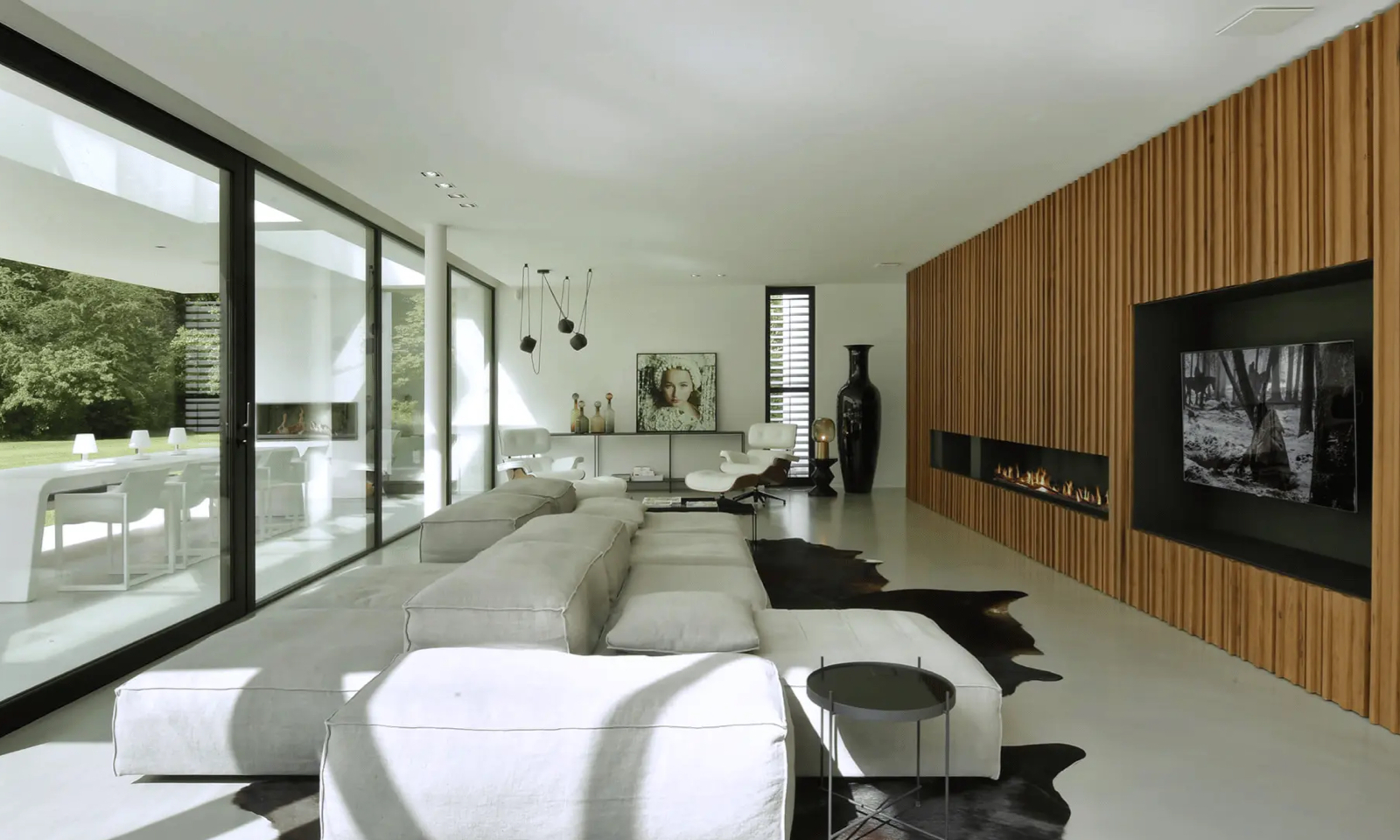Acoustic insulation
When it comes to acoustic insulation, the landscape is rife with promises and disappointments. Despite the fervent marketing campaigns touting their efficacy, many acoustic insulation solutions fail to live up to expectations when put to the test. What appears to be a straightforward remedy for noise pollution often reveals itself to be a complex puzzle with no easy answers. This dissonance between expectation and reality leaves consumers grappling with frustration and disillusionment.
Sound insulation challenges
Navigating the realm of acoustic insulation can feel like wading through murky waters, with each product promising a different level of respite from unwanted noise. The abundance of options available only serves to exacerbate the confusion, leaving consumers unsure of which path to take. Moreover, the effectiveness of acoustic insulation can vary significantly depending on factors such as the type of noise, the characteristics of the space, and the quality of installation. This uncertainty makes it challenging for individuals to make well-informed decisions about which solution best suits their needs.
Installation of acoustic insulation
Furthermore, the implementation of acoustic insulation often proves to be more complex than anticipated. From selecting the appropriate materials to ensuring proper installation, every step in the process presents its own set of challenges. Even after installation, the effectiveness of acoustic insulation may degrade over time, requiring ongoing maintenance and potentially diminishing returns on investment. These practical obstacles further complicate the quest for a quieter environment, leaving many consumers feeling disillusioned and dissatisfied with their acoustic insulation choices.
Lack of aesthetic appeal
One significant drawback of suspended ceilings is their lack of aesthetic appeal. The visibility of seams every 60/120cm (which can vary by system) often disrupts the seamless look that might be desired in a space, making it less attractive, especially in settings where design plays a key role.



RESIDENTAL
In residential environments, the aspiration for serenity through acoustic insulation is a common endeavor. However, the journey towards achieving a noise-free oasis within the home is often fraught with challenges. Despite the best efforts to implement soundproofing measures, such as installing acoustic panels or using sound-absorbing materials, the reality of persistent noise intrusion can persist. Factors such as thin walls, noisy neighbors, or environmental sounds can undermine the effectiveness of acoustic insulation, leaving residents grappling with frustration and disappointment. Moreover, the effectiveness of acoustic insulation in residential settings can vary widely depending on numerous factors. The layout and construction of the home, as well as the types of noise sources present, all play significant roles in determining the success of soundproofing efforts. Additionally, the quality of materials used and the expertise of installation can greatly impact the outcome. Thus, while acoustic insulation holds the promise of a quieter living environment, its implementation in residential spaces often reveals the complex interplay between sound and structure, highlighting the need for comprehensive solutions tailored to each home’s unique acoustic challenges.
- Limited noise reduction efficacy
- Installation challenges impact effectiveness
- Disappointing results despite investment


OFFICE
In office settings, the pursuit of a productive and focused environment often clashes with the realities of noise pollution. Acoustic insulation emerges as a promising solution to mitigate the distractions caused by ambient noise, yet its implementation in office spaces presents its own set of challenges. Despite the best intentions and investments, the quest for a quieter workplace can often result in disappointment as the effectiveness of acoustic insulation falls short of expectations. The modern office environment is no stranger to the cacophony of ringing phones, bustling chatter, and clacking keyboards, all of which can impede concentration and productivity. Acoustic insulation steps in as a beacon of hope, offering the promise of a quieter and more conducive workspace. However, the road to achieving this goal is often fraught with complexities, as the dynamics of office architecture, coupled with the diverse sources of noise, pose formidable obstacles to effective soundproofing measures.
- Minimal noise reduction achieved
- Installation poses challenges for effectiveness
- Investment often yields dissatisfaction


LEISURE
In leisure spaces, the pursuit of relaxation and enjoyment often collides with the intrusion of unwanted noise. Acoustic insulation emerges as a potential remedy to create tranquil environments conducive to leisure activities. However, despite aspirations for peace and quiet, the implementation of acoustic solutions in leisure venues presents its own array of challenges and disappointments. Leisure spaces, whether they be restaurants, entertainment venues, or recreational areas, are intended as sanctuaries for relaxation and pleasure. Yet, the reality often falls short as these environments are frequently plagued by noise pollution from various sources. Acoustic insulation holds the promise of transforming these spaces into havens of tranquility, but the journey towards achieving this goal is marked by hurdles such as ineffective soundproofing methods, inconsistent results, and ongoing frustrations as noise continues to infiltrate leisure experiences.
- Limited noise reduction effectiveness
- Installation challenges affect outcomes
- Disappointing results despite investment
The expert centre for seamless acoustic ceilings
Welcome to our Expert Centre, where we specialize in the art of invisible acoustic ceilings. With over 20 years of hands-on experience, we stand at the forefront of acoustic innovation, dedicating ourselves to perfecting the harmony between functionality and aesthetics. Our deep understanding and extensive expertise empower us to guide you in selecting the right solution tailored to your unique needs. Let us help you transform your space with acoustics that are felt but never seen.
- Specialized in invisible acoustic ceilings
- Over 20 years of hands-on experience
- Expert guidance on selecting the right solution
- Tailored acoustics for unique spaces
- Committed to blending functionality with aesthetics
- We can connect you with a local product expert and applicator

FAQ
Acoustics is the scientific study and practice of sound, particularly how sound behaves in a given environment. It encompasses the properties, characteristics, and effects of sound, such as reflections, absorption, refraction, and diffusion. Acoustics plays a significant role in various environments, such as concert halls, offices, theaters, and homes, as it impacts the perception of sound and the well-being of individuals. To improve acoustics, various measures can be taken, but first, the cause of the problem must be clearly understood.
Bad acoustics can have several negative impacts on both individuals and environments. – Communication difficulties – Reduced comfort – Impaired learning and concentration
A seamless, invisible acoustic ceiling offers numerous advantages that enhance both the aesthetic appeal and functional quality of any space. These benefits combine cutting-edge technology with superior design to create an optimal environment for acoustics and aesthetics alike. Here’s an overview of these advantages: With absorption coefficients of Aw 0.95 and NRC 0.90, this ceiling system offers unparalleled acoustic performance. This means it can significantly reduce echo and reverberation, leading to optimal acoustics in spaces where sound quality is paramount. The ceiling provides a solution that makes no compromises on your interior design. Its seamless and invisible nature ensures that it blends perfectly with the rest of the space, maintaining the aesthetic integrity of the design without any visible seams or disruptions.


